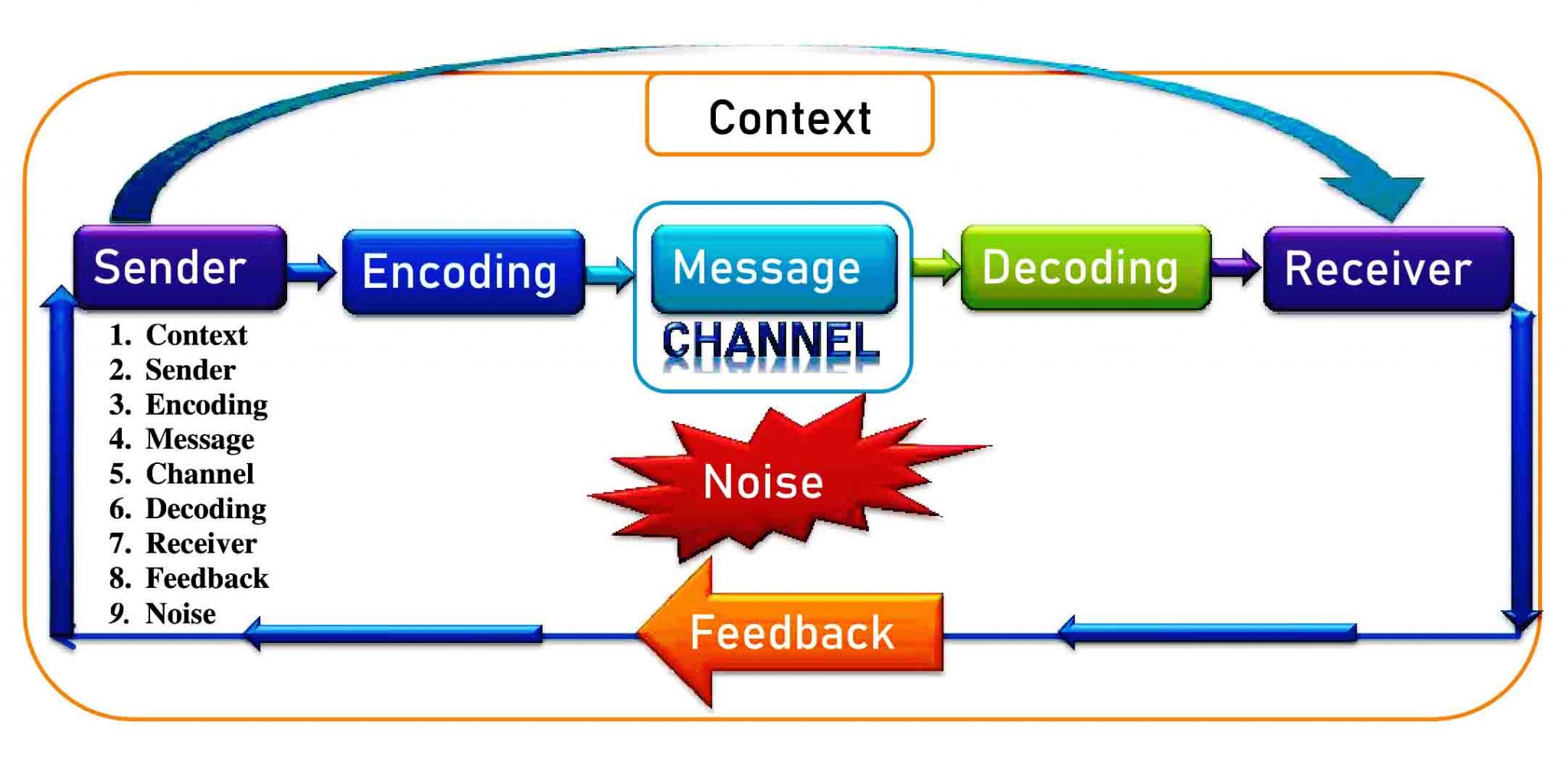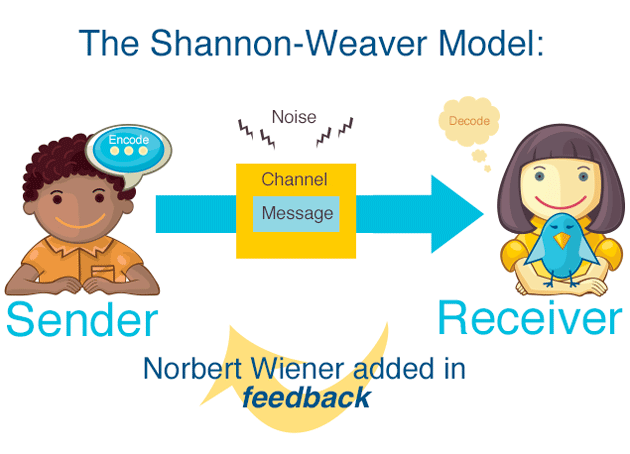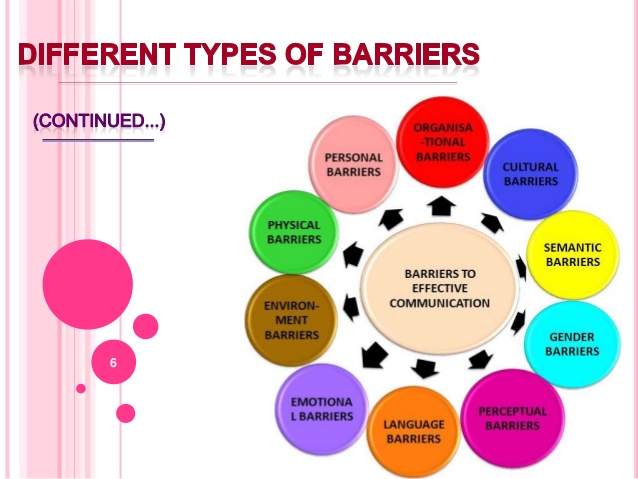Communication Process Presentation
| Introduction to Communication Process | ||
|---|---|---|
| Communication process is the exchange of information and ideas between two or more individuals. It involves a sender encoding a message, a channel for transmitting the message, and a receiver decoding the message. Effective communication requires clear, concise, and accurate messaging. | ||
| 1 | ||
| Elements of the Communication Process | ||
|---|---|---|
| Sender: The person or entity initiating the communication by encoding a message. Message: The information or idea being conveyed through verbal, written, or non-verbal means. Channel: The medium through which the message is transmitted, such as face-to-face, phone, email, or social media. | ||
| 2 | ||
| Steps in the Communication Process | ||
|---|---|---|
| Encoding: The sender converts thoughts and ideas into a form that can be understood by the receiver. Transmission: The message is sent through a chosen channel to reach the intended receiver. Decoding: The receiver interprets and makes sense of the message received by decoding it. | ||
| 3 | ||
| Barriers to Effective Communication | ||
|---|---|---|
| Noise: External or internal distractions that interfere with the transmission or reception of the message. Language barriers: Differences in language, vocabulary, or jargon that hinder understanding. Emotional barriers: Personal feelings, biases, or emotional states that impact the interpretation of the message. | ||
| 4 | ||
| Importance of Effective Communication | ||
|---|---|---|
| Enhances relationships: Clear communication fosters understanding, trust, and collaboration among individuals. Improves productivity: Effective communication reduces misunderstandings and ensures tasks are completed efficiently. Resolves conflicts: Open and honest communication helps address and resolve conflicts in a constructive manner. Note: This is a general outline for a slide presentation on the communication process. Additional details and visuals can be added as per your requirement. |  | |
| 5 | ||



